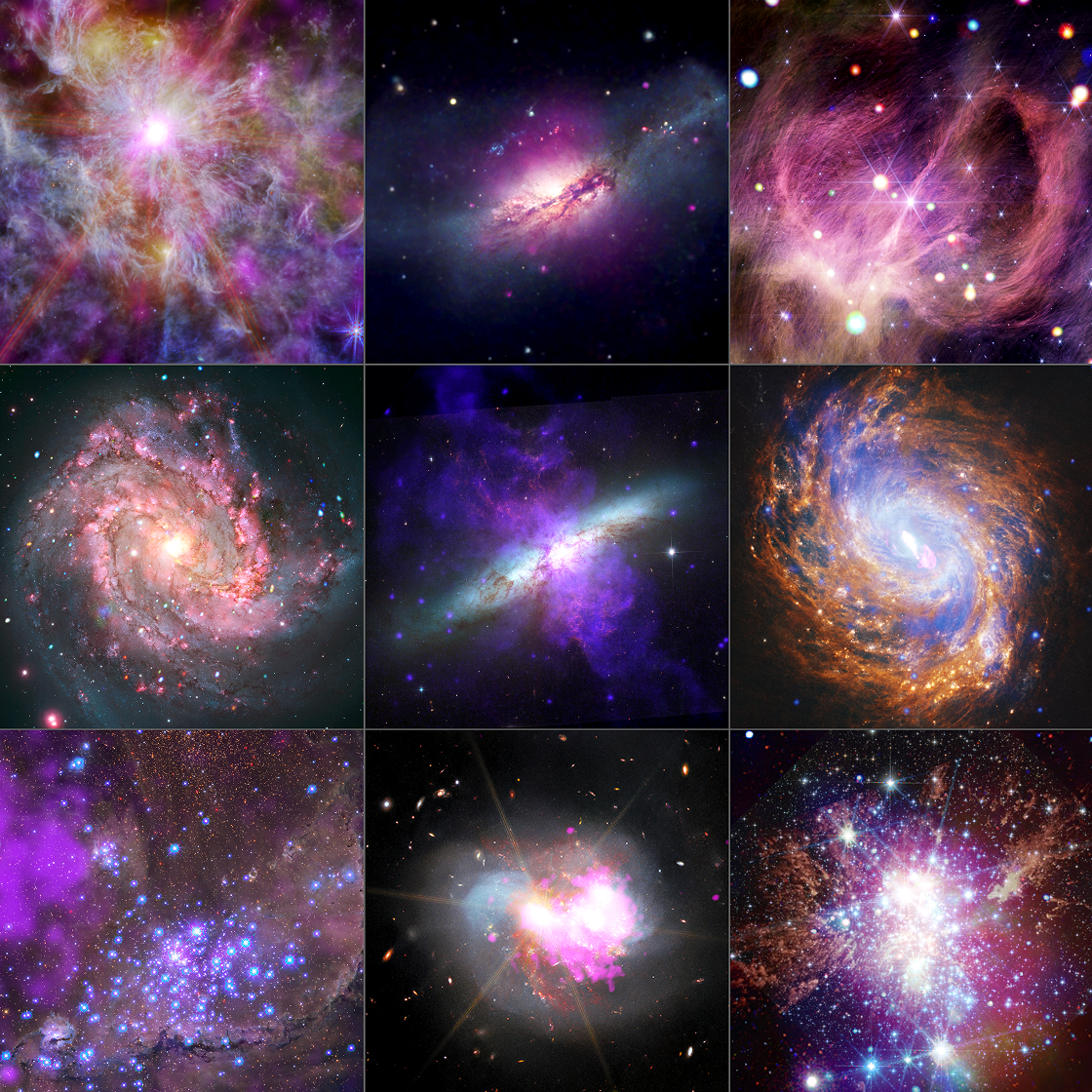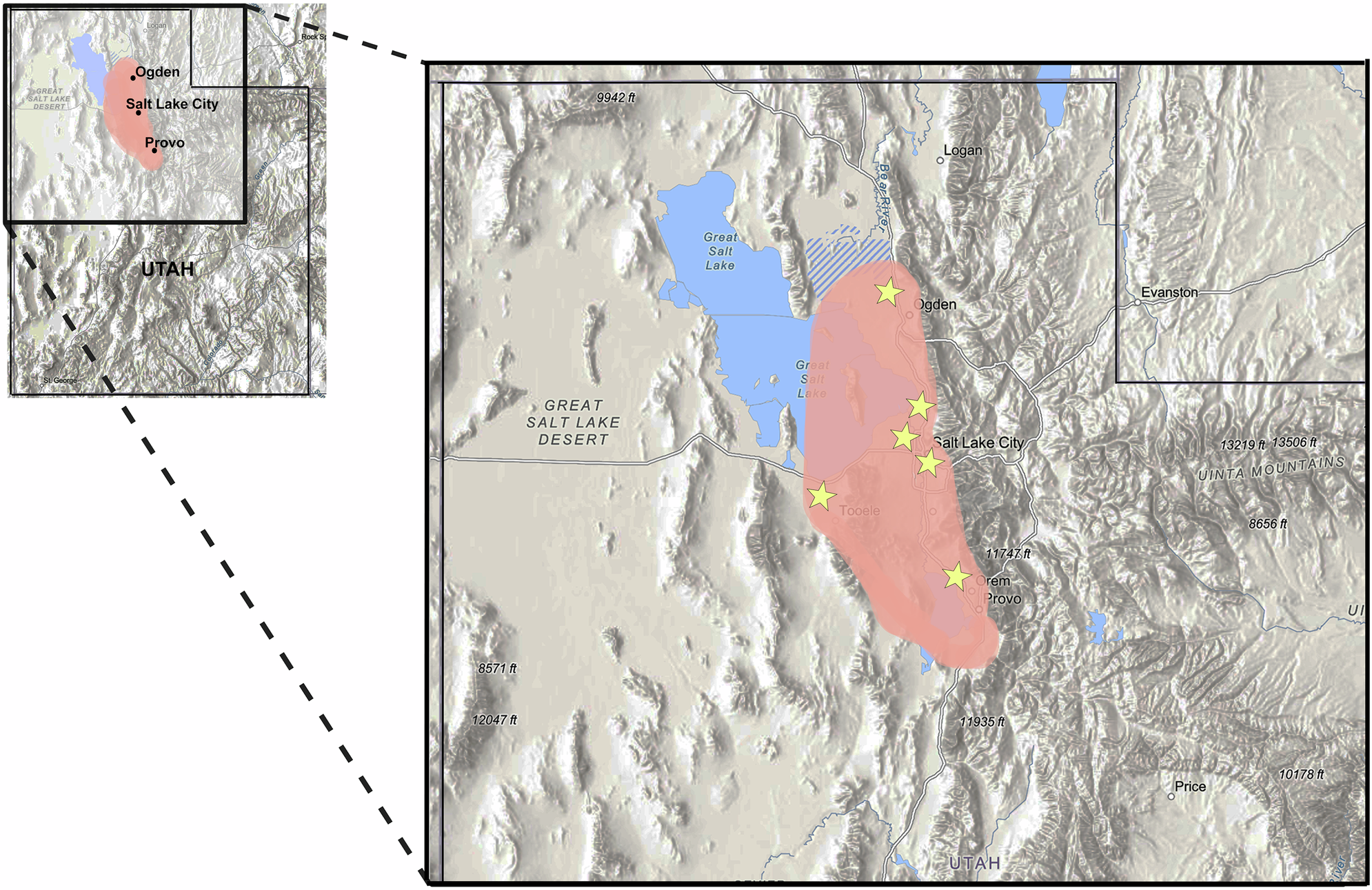The unveiling of the Vera C. Rubin Observatory is not about its physical departure from Earth, but the profound and comprehensive perspective it will provide to scientists, which may significantly propel the future of space exploration. The solar system is teeming with billions of small rocky and icy celestial bodies, many of which originated about 4.5 billion years ago while planets like Earth were taking shape around the sun. Space missions such as NASA’s OSIRIS-REx, Lucy, and Psyche have made significant progress in studying these ancient solar system bodies. They have been capturing images, and OSIRIS-REx even collected samples for analysis here on Earth — all of which was informed by data obtained from observatories worldwide. Rubin, expected to have its “first light” in 2025, will have the capacity to identify millions of new asteroids, comets, and potentially even objects passing through our cosmic neighborhood from other systems. For instance, consider Oumuamua, which was initially observed in 2017. Once detected, Rubin will promptly track these bodies as they travel across the solar system and come close to the Earth — or even if they remain within the main asteroid belt situated between Mars and Jupiter.
Related: Dark energy is forcing the universe to expand. This new observatory may show us how”According to Siegfried Eggl, Assistant Professor at the University of Illinois Urbana-Champaign and Lead of the Inner Solar System Working Group within Rubin’s Solar System Science Collaboration, “Nothing will rival the depth of Rubin’s survey and the level of characterization we will obtain for solar system objects.” He states, “It is fascinating that we have the capability to visit interesting objects and observe them up close. However, this requires knowledge of their existence and whereabouts.This is what Rubin will tell us.”
Identifying Astral Inspirations
Rubin will systematically track solar system bodies and cosmic objects located far beyond the solar system and even the boundaries of the Milky Way galaxy as part of its 10-year Legacy Survey of Space and Time (LSST). With an 8.4-meter, high-speed telescope and the largest digital camera globally, Rubin is projected to expand our existing catalog of known solar system objects, which has been compiled over 200 years, by at least five times, as scientists envision.
Not only will Rubin, currently being built on Cerro Pachón in northern Chile, detect numerous new solar system objects, but experts also anticipate that it will provide more insights into the broader “spacescape” of the solar system. This could unveil entire regions containing unique objects that could be considered as targets for future space missions. According to Siegfried Eggl, “If you think of Rubin as looking at a beach, you see millions and millions of individual sand grains that together constitute the entire beach. There might be an area of yellow sand, or volcanic black sand. A space mission to an object in that region could investigate what makes it different. Often, we don’t know what’s weird or interesting unless we know the context it’s in.” The observatory will additionally be capable of promptly alerting operators to changes in the night sky within 60 seconds of detection, aiding space agencies in swiftly devising and launching missions to rapidly moving objects of interest. This capability could also furnish scientists with an early warning of an interstellar entity like Oumuamua passing through the solar system, enabling teams to study this visitor in its location before it vanishes from reach and returns to deep space. “Rubin is capable of giving us the prep time we need to launch a mission to intercept an interstellar object,” Eggl explained. “That’s a synergy that’s very unique to Rubin and unique to the time we’re living in.”
Maximizing Rubin’s Data
One project already gearing up to leverage Rubin data is the JAXA/European Space Agency Comet Interceptor mission, set to launch in 2029. The Interceptor will await sightings of a visitable, long-period solar system comet or interstellar object as it transits in front of the sun, then deploy for investigation. Rubin could also aid missions involving intriguing objects located near the trajectory of a spacecraft as it conducts its primary assignment. One active mission that could benefit from Rubin’s surveillance of the solar system is NASA’s spacecraft, Lucy, which will hop between asteroids over a 12-year mission to conduct the first in situ study of the Trojan asteroids, two groups of space rocks sharing Jupiter’s orbit around the sun. Rubin could detect smaller, fainter asteroids along Lucy’s path to Jupiter, offering the NASA mission new and unexpected fly-by opportunities. According to Eggl, “With our current telescopes, we’ve essentially been looking at the big boulders on the beach. But Rubin will zoom in on the finer grains of sand.”















